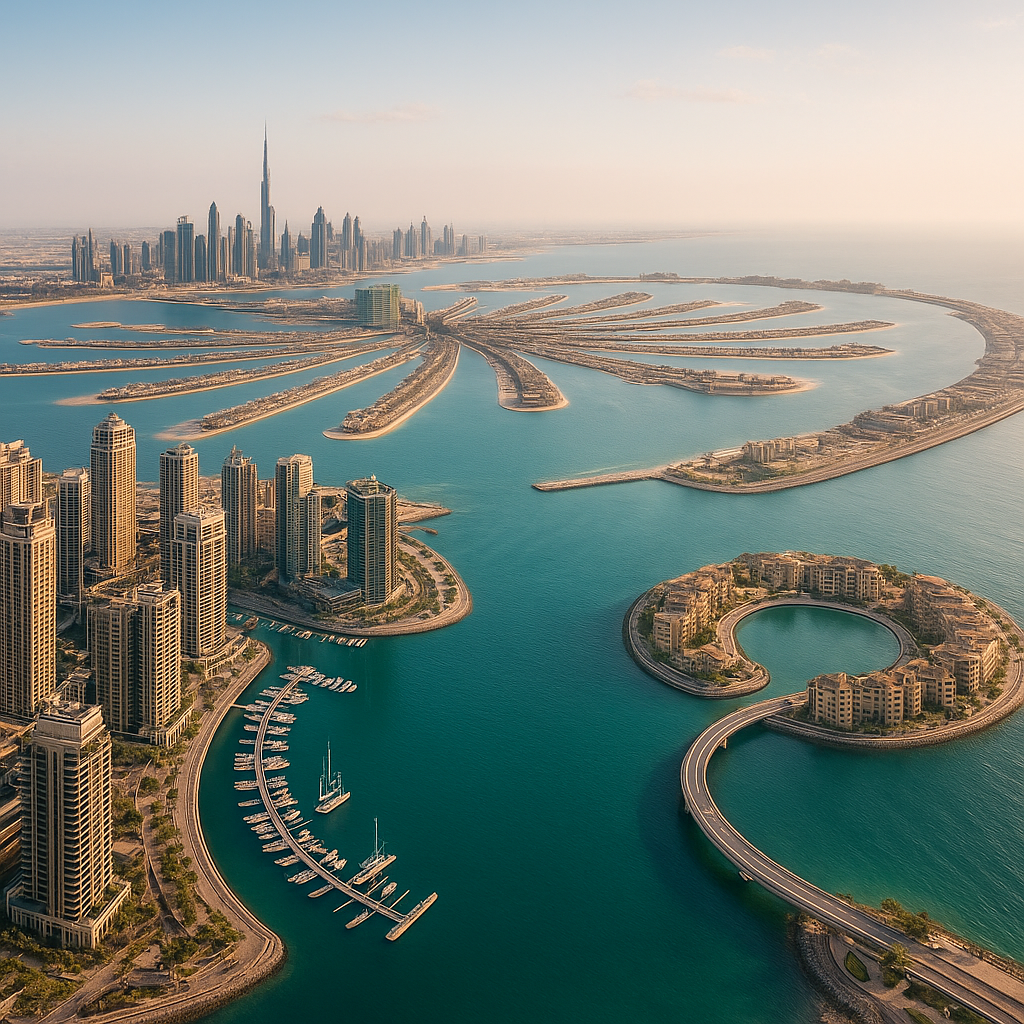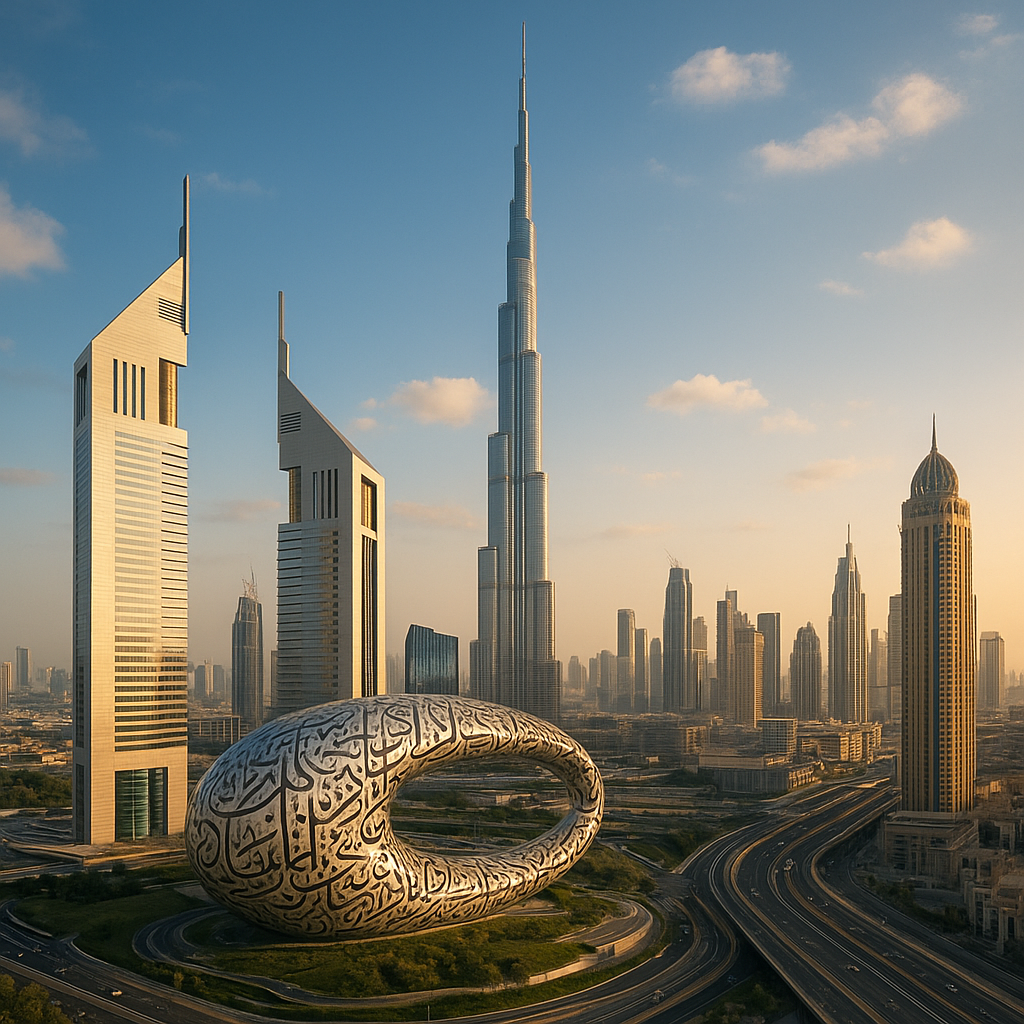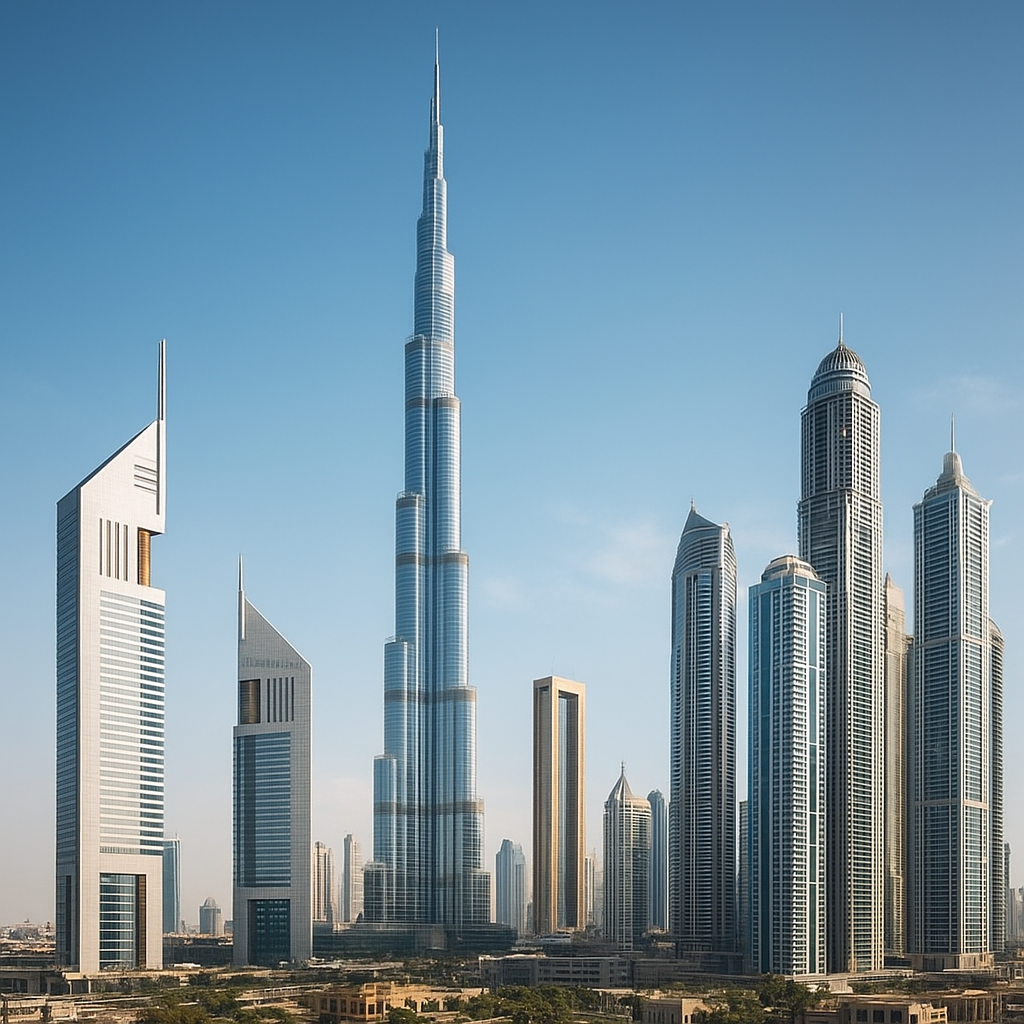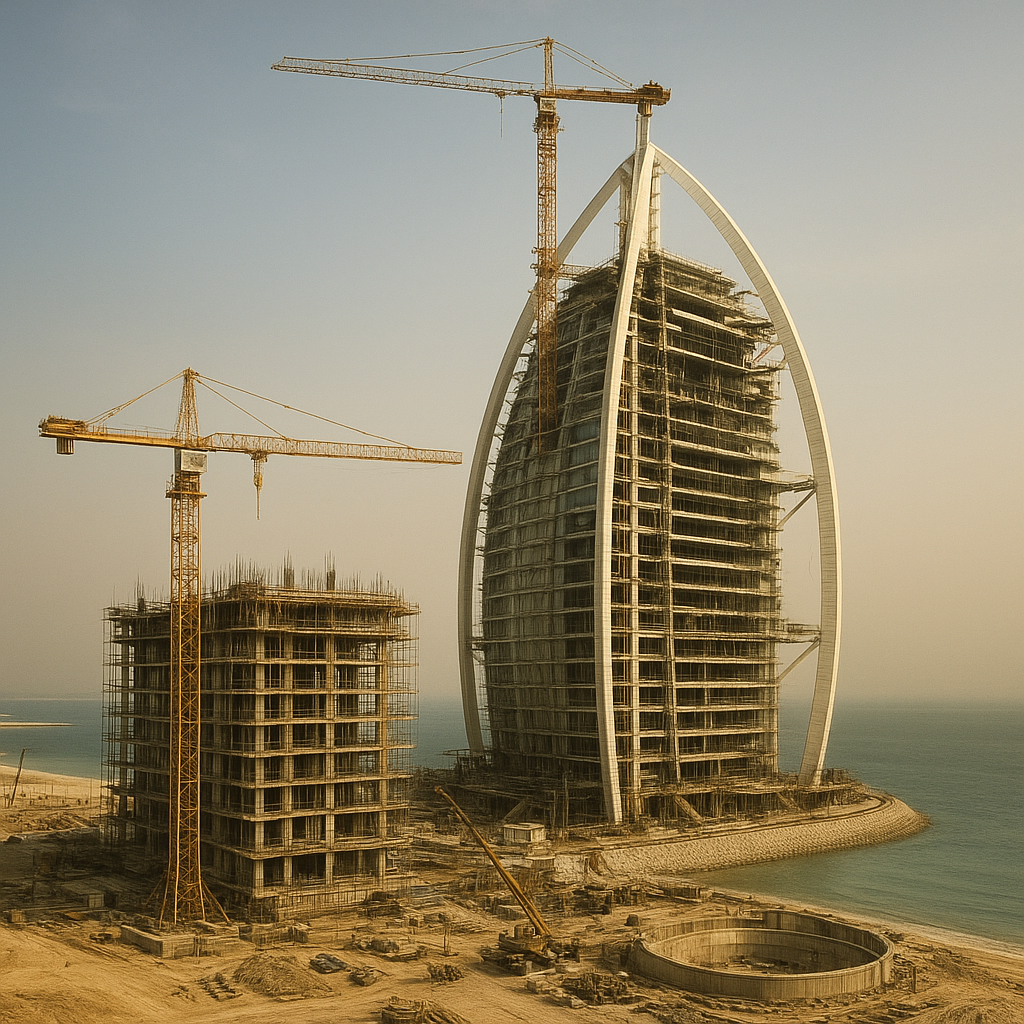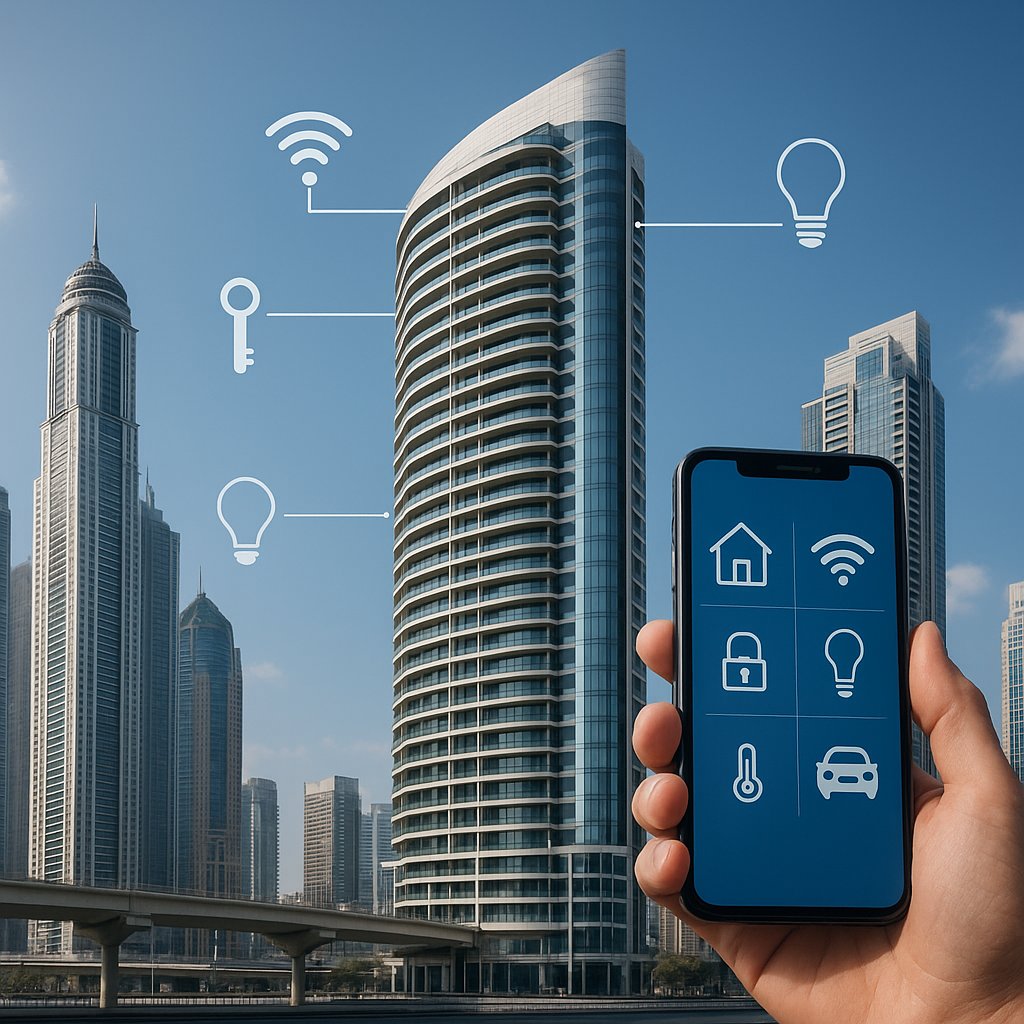Dubai’s night-time skyline is a mesmerizing spectacle, and the role of lighting design in creating this visual masterpiece cannot be overstated. As one of the most iconic cities in the world, Dubai has invested heavily in innovative lighting solutions to enhance its architectural wonders and create a vibrant urban landscape that captivates both residents and visitors alike.
The Evolution of Lighting Design in Dubai
Over the past few decades, Dubai has transformed from a modest trading port into a global metropolis known for its futuristic architecture and luxurious lifestyle. This transformation has been accompanied by a significant evolution in lighting design, which has played a crucial role in shaping the city’s identity. Initially, lighting in Dubai was primarily functional, focusing on illuminating streets and buildings for safety and visibility. However, as the city began to grow and attract international attention, the need for more sophisticated and aesthetically pleasing lighting solutions became apparent.
Architects and designers started to experiment with different lighting techniques, incorporating elements such as color, intensity, and direction to highlight the unique features of each structure. This shift in focus from purely functional to artistic lighting design has allowed Dubai to create a night-time skyline that is both visually stunning and reflective of its status as a global hub of innovation and luxury.
Technological Advancements in Lighting
The rapid advancement of technology has played a significant role in the evolution of lighting design in Dubai. The introduction of LED lighting, for example, has revolutionized the way buildings are illuminated, offering greater flexibility, energy efficiency, and longevity compared to traditional lighting solutions. LEDs have enabled designers to create dynamic lighting displays that can change color and intensity, adding an element of drama and excitement to the city’s skyline.
Moreover, the integration of smart lighting systems has allowed for greater control and customization of lighting designs. These systems can be programmed to respond to various factors such as time of day, weather conditions, and special events, ensuring that the city’s skyline remains vibrant and engaging at all times. The use of smart technology has also contributed to Dubai’s sustainability goals by reducing energy consumption and minimizing the environmental impact of its lighting installations.
Iconic Structures and Their Lighting Designs
Dubai is home to some of the most iconic structures in the world, each with its own unique lighting design that contributes to the city’s night-time allure. The Burj Khalifa, the tallest building in the world, is a prime example of how lighting can enhance architectural beauty. Its exterior is adorned with thousands of LED lights that create a dazzling display, often synchronized with music and special events, making it a focal point of the city’s skyline.
Another notable example is the Burj Al Arab, the sail-shaped hotel that has become synonymous with luxury and opulence. Its lighting design emphasizes its distinctive silhouette, with a combination of white and colored lights that highlight its curves and create a striking contrast against the night sky. The hotel’s lighting is also used to celebrate special occasions, with themed displays that add to the festive atmosphere of the city.
The Role of Lighting in Cultural and Social Events
Lighting design in Dubai is not limited to permanent installations on buildings; it also plays a crucial role in the city’s cultural and social events. Festivals such as the Dubai Shopping Festival and the Dubai Festival of Lights showcase the city’s commitment to creating immersive experiences through innovative lighting displays. These events attract millions of visitors each year, contributing to Dubai’s reputation as a leading destination for entertainment and tourism.
During these festivals, public spaces and landmarks are transformed with elaborate light installations that tell stories, celebrate cultural heritage, and engage audiences in new and exciting ways. The use of projection mapping, interactive displays, and other cutting-edge technologies allows for a dynamic and ever-changing visual landscape that keeps visitors coming back for more.
Challenges and Future Prospects
Despite the many successes of lighting design in Dubai, there are also challenges that need to be addressed. One of the primary concerns is the environmental impact of extensive lighting installations, particularly in terms of energy consumption and light pollution. As the city continues to grow and develop, finding sustainable solutions that balance aesthetic appeal with environmental responsibility will be crucial.
Looking to the future, Dubai is poised to remain at the forefront of lighting design innovation. The city’s commitment to embracing new technologies and pushing the boundaries of what is possible ensures that its night-time skyline will continue to evolve and captivate audiences worldwide. As designers explore new materials, techniques, and concepts, the potential for creating even more breathtaking and sustainable lighting designs is limitless.
In conclusion, the role of lighting design in Dubai’s night-time skyline is a testament to the city’s dedication to innovation, creativity, and excellence. By combining cutting-edge technology with artistic vision, Dubai has created a visual masterpiece that not only enhances its architectural wonders but also reflects its status as a global leader in design and urban development.

